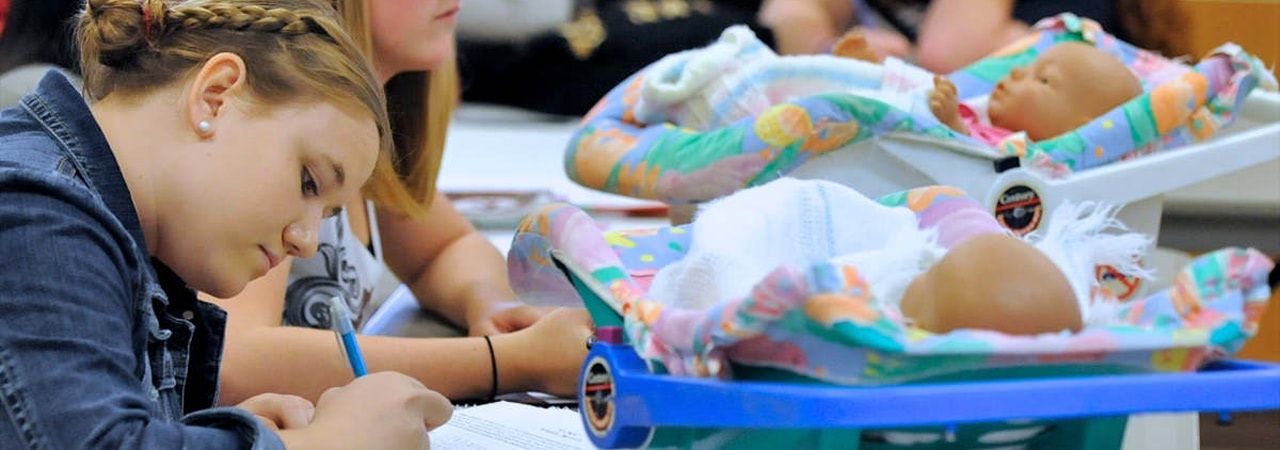An Australian study shows how the use of lifelike robot babies increased teen pregnancy, rather than discouraging it. Infant simulator programs are used in high-tech sex education courses with the aim to lower pregnancy rate among young people. The computerized dolls are programmed to mimic the needs of an actual six-weeks-old infant and require frequent feeding and changing all day and night.
The so-called Virtual Infant Parenting curriculum derives from the ‘Baby Think It Over’ program, developed 20 years ago by former NASA engineer Rick Jurmain - who together with his wife founded RealityWorks, which also provides an educational program tailored to middle or high school students. The company claims their droid babies succeed in dissuading young teenagers from wanting a real baby.
However, a team of researchers at the University of Western Australia conducted a study and found out that teenage girls who used the advanced dolls were more likely to get pregnant than peers in a control group: “Despite the theoretical rationale for possible effectiveness, the claims of the company, and benefits cited in descriptive studies, our results suggest that the use of infant simulators in schools does not have the desired long-term effect of reducing teenage pregnancy, and is likely to be an ineffective use of public resources aimed at pregnancy prevention".
The study was carried out in 57 schools in the state of Western Australia during a three-year trial period, involving nearly 3.000 schoolgirls aged between 13 and 15. Only half the group received the intervention. From the 1.267 participants who got a baby for the weekend, 17 percent had at least one pregnancy by the age of 20. In contrast, the pregnancy rate in the control group was just 11 percent.
According to obstetrician Professor Julie Quinlivan from the University of Notre Dame, Sydney: "The cure for teenage pregnancy is more difficult than a magic doll. […] We have to address both mothers and fathers. Programs need to start in infancy. Investment in vulnerable children is needed to entice these adolescents from the path of premature parenthood into brighter futures. We cannot afford the quick fix, especially when it doesn't work".
First came the egg, and then came the robot baby. Some critics worry that the simulation program may actually teach parenting skills to young teenagers. But no matter how loud the baby cries, or how often the baby burps, none of these simulations could ever live up to the real thing.
Sources: The Wall Street Journal, Mashable, Ars Technica, Science
Image: Mike Lawrence | AP Photo

Share your thoughts and join the technology debate!
Be the first to comment